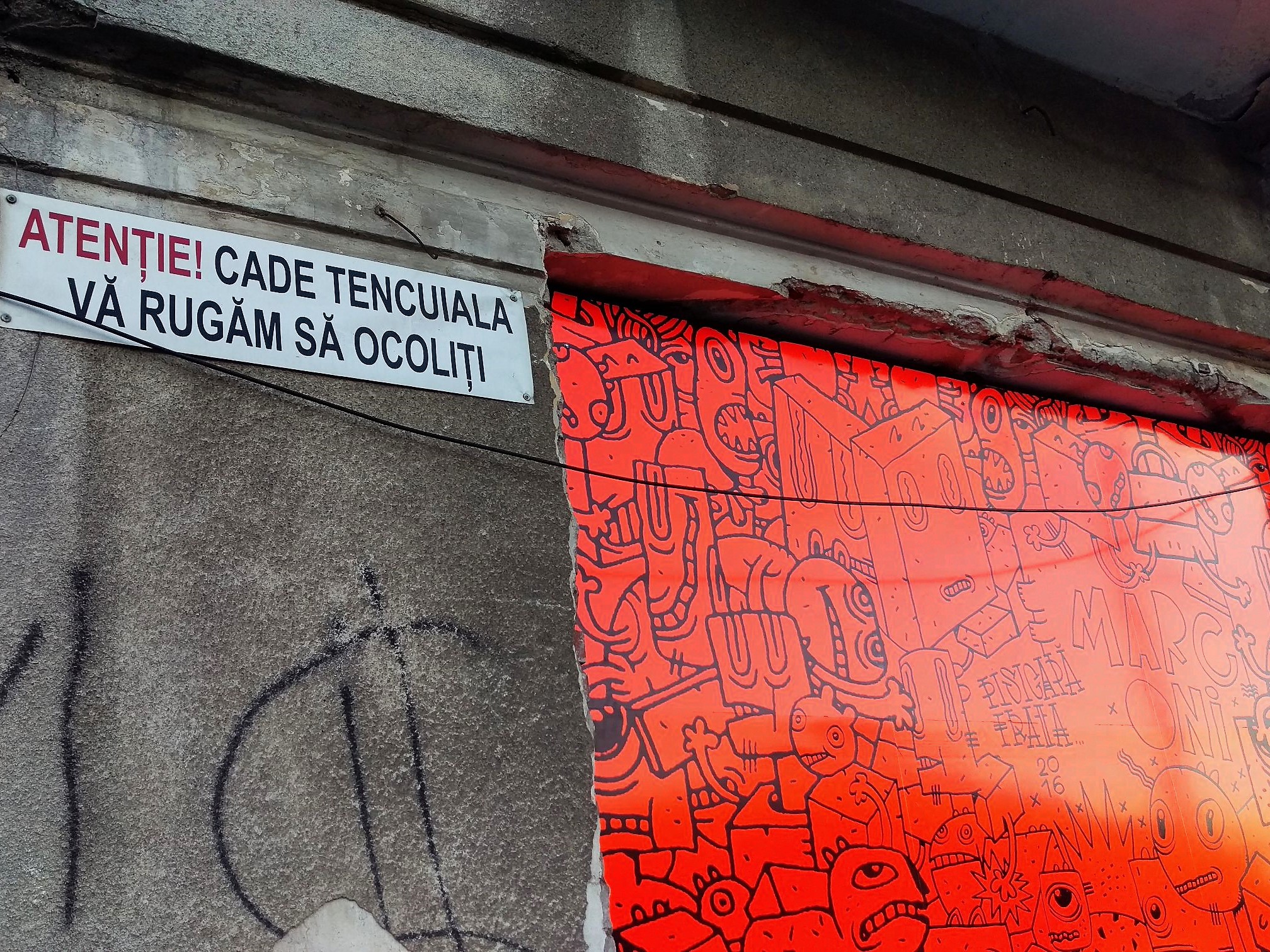Text: Stefan Ghenciulescu
I spent the first 26 years of his life in a modernist building in the Buzeşti neighbourhood, in Bucharest. A good while after my parents and I moved away, around 2010-2011, the building and most of the neighbourhood fell victims to the big and very distructive urban operation. In the years that followed I supported and promoted the efforts to keep as much as it could have been kept, but slowly I started to avoid the area and stop thinking about it. Until recently, when two completely unrelated things things happened.
Dragos Lumpan finished his film about this operation and I re-lived those moments. Secondly, Zeppelin moved its headquarters to Concrete House, which is in the neighbouring area of North Train Station. I walk to the office, and to get there, virtually whatever road I take, I must cross the new avenue. It’s not very pleasant, but fortunately, I alsoget to see the good things that also happen in the neighbourhood. At the corner of Buzeşti and Griviţei Dorin Stefan finished a beautiful building which is also an act of urban healing, and Cinema Dacia, abandoned for a while now, is seeing a process of regeneration, now visible through the intervention of street-artist Alexandru Ciubotariu, aka Square Cat (see the article from section ‘speed’ of Zeppelin #144, december 2016 – february 2017).

Dacia, Buzeşti and Feroviar were three cinemas I used to visit enthusiastically when I was a kid. Later, especially during my teen years, I also started going to the ones in the city center, but these were the places where I first got acquainted with Commissioner Piedone, Chinese action movies, Superman and old westerns. The last two cinemas are now gone; Dacia, former Popov, former Marconi, is still holding. Now it even gets a new chance – Godspeed!
Life is full of connections and coincidences, I would say, if I were a deep life quotes author for Facebook. For this issue, it’s actually true. We have an article about an art project in Oberhausen in the Ruhr region. But Ruhr is also mentioned by Philipp Oswalt and Tim Rinierts, great specialists in shrinking cities, present in Bucharest on the occasion of the exhibition Shrinking Cities in Romania, one of this issue’s topics. Post-industrial and especially post-socialism and recycling are the topics of the workshop of Vitamin A in Timişoara, set in a hall of a small heating plant. And then, old factories have also been the subject matter for the Japanese students at Barcelona Architecture Center.
None of these matches has been planned. But there are many others, for example in the dossier about tradition and critical regionalism:every few pages away are people who have worked together in various contexts, agendas and principles. It also happened that school and learning are a recurring subject this issue.
After all, it’s not just about coincidences, I would say, but a kind of cloud of issues and concerns, and perhaps even a certain atmosphere, a mood. A good one, I think, and not limited to architecture. And this is important, especially in the current global context, which is, why not admit it, a little sinister.



